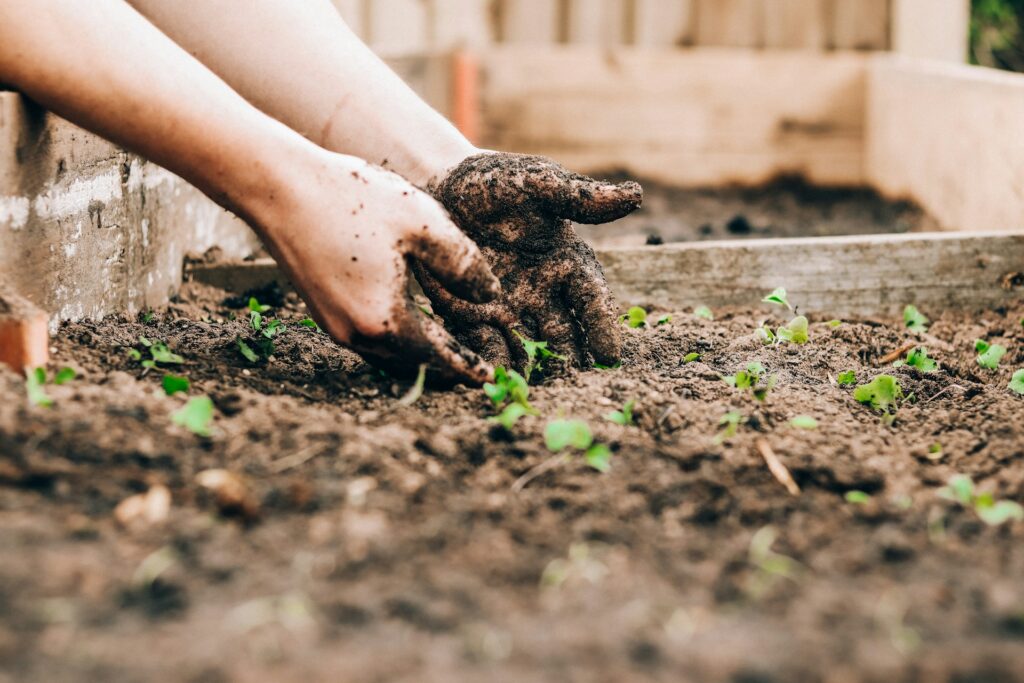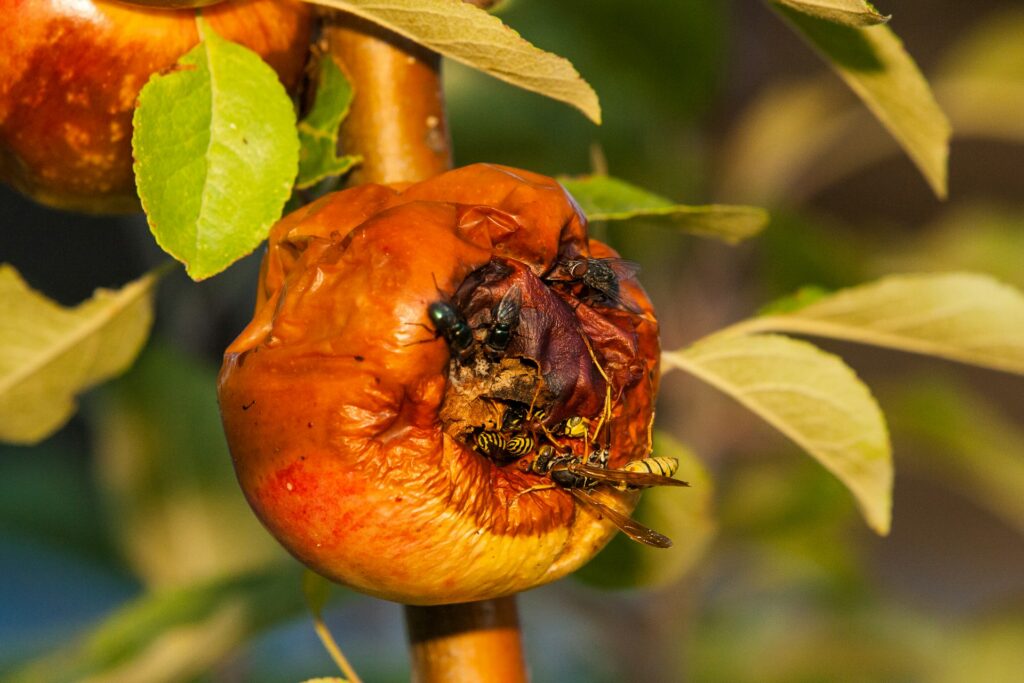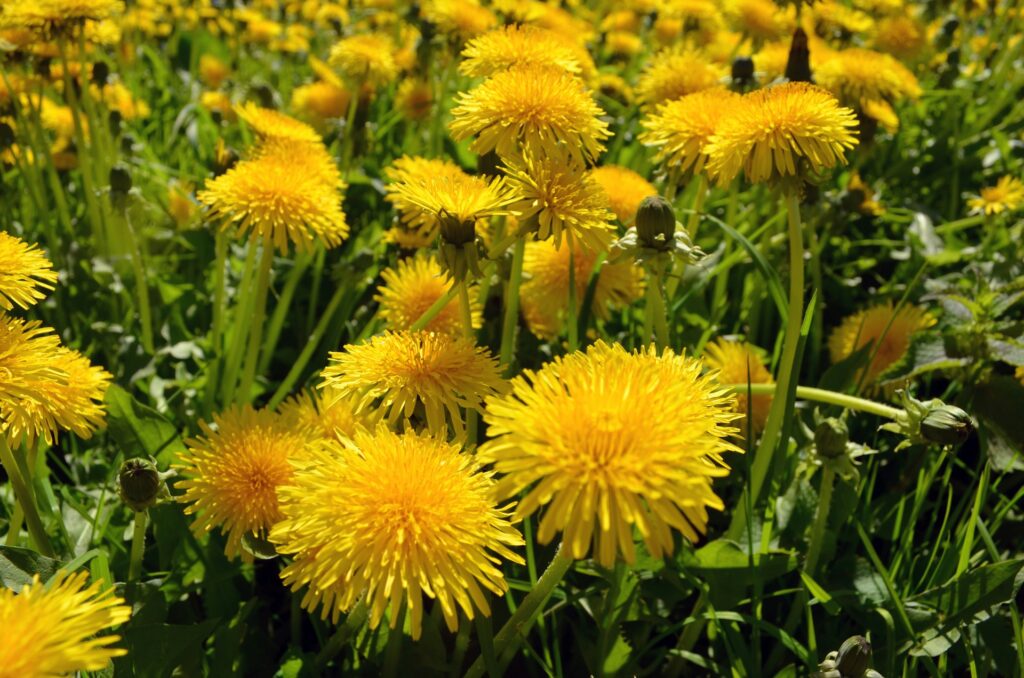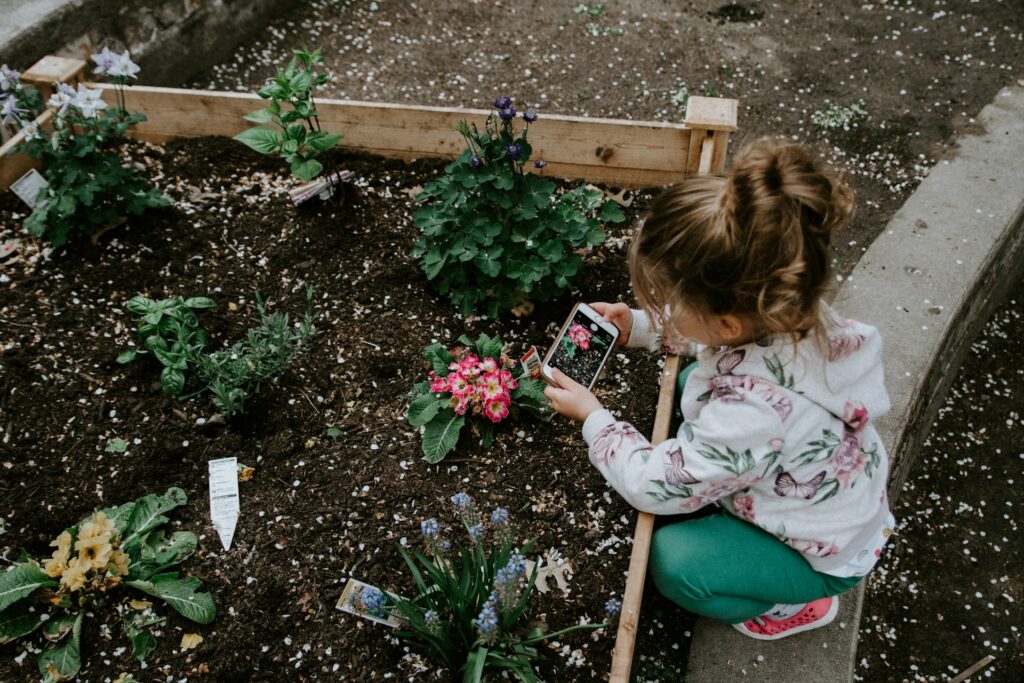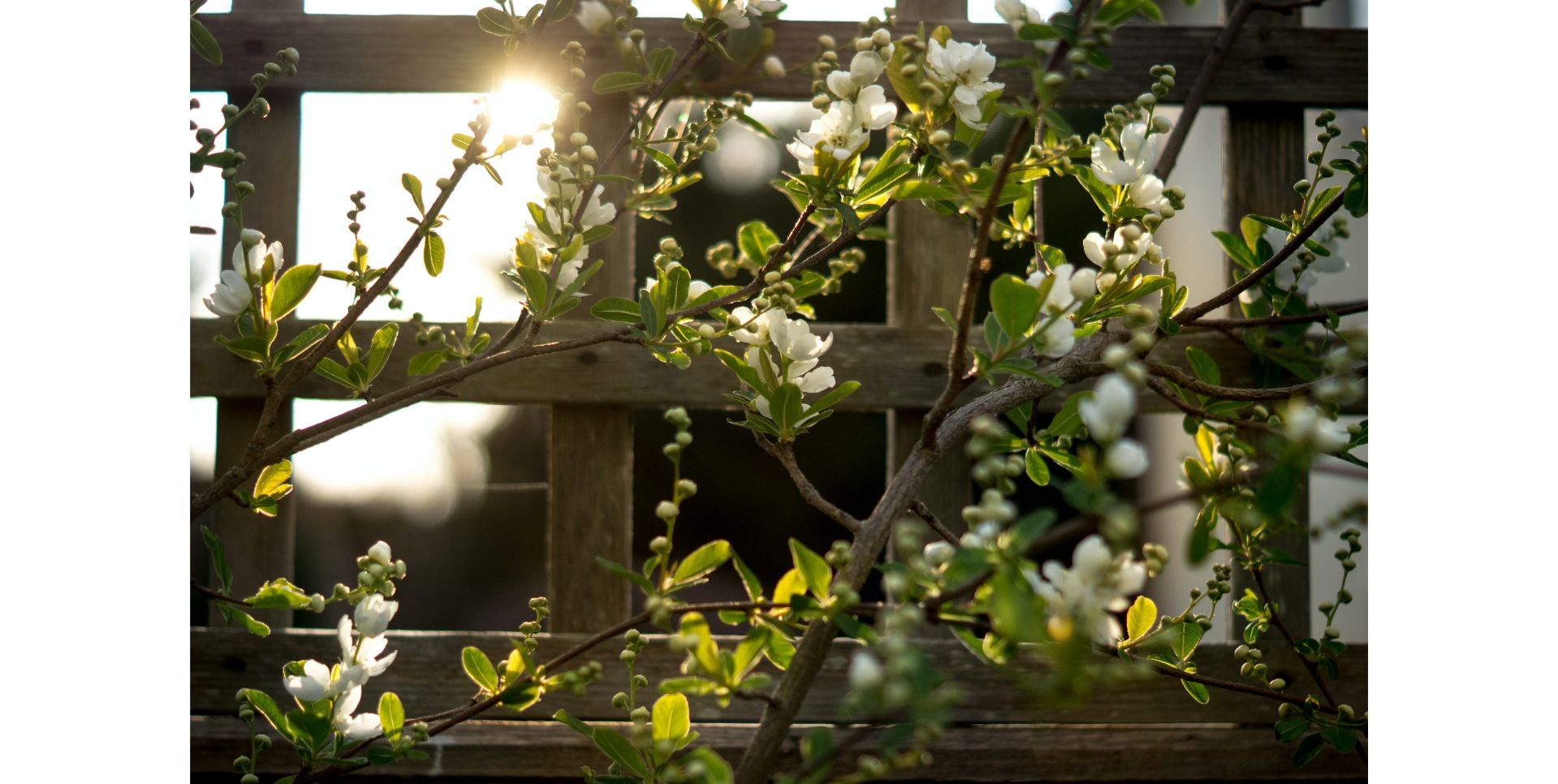
We are reader-supported. When you buy through links on our site, we may earn an affiliate commission.
Climbing plants or trellis plants are the centerpieces of vertical gardening. They literally add another dimension to your outdoor space, making it more immersive and relaxing. However, climbing plants can be difficult to put up and maintain. Let’s go through seven climbing plants that you can easily add to your trellis and take care of for years to come.
1. English Ivy
Ivy is one of the most widely used trellis plants, with many indoor species and all kinds of color variations. English ivy — also known as common ivy — is particularly popular because of its small leaves and predictable growth patterns. It grows extremely fast just like any other ivy species, but you can easily control it with a few routine trimmings per year.
Common ivy is also evergreen, which means it will keep your trellis looking colorful and beautiful all year long. It can serve as the foundation for your trellises, wall gardens and any other vertical arrangements you might have. It’s also a great ground cover for small gardens because it likes the shade and will quickly take up the empty soil space.
2. Virginia Creeper
The Virginia Creeper is another popular trellis plant, known for its fall colors and adaptability to different soil conditions. Also, as the name suggests, it grows faster than any other species on this list. It creeps upward at a rapid pace and can cover an entire wall in just a few months if left unchecked. The result is a pallet of beautiful crimson, maroon and other shades of red.
As any gardener knows, red plants are always worthwhile additions to your garden or trellis. They add some contrast to the greenery, balancing out the color scheme and making the whole scene look more sophisticated. You can incorporate this trellis plant regardless of your climate or existing garden setup.
3. Climbing Hydrangea
If you’re looking for a dense climbing plant to cover your large trellis, the climbing hydrangea is the way to go. This species grows more slowly than the other plants on this list, but the yellow-tipped leaves and soothing white flowers are worth the wait. These colors will make your trellis look like the entrance to a springtime paradise.
Just make sure you protect the young plants during their first few winters. Once they reach maturity, climbing hydrangeas prefer the shade and can tolerate most weather conditions.
4. Mandevilla
Mandevillas are romantic climbing plants, coming in different shades of red and pink. They love sunlight, so they’re perfect for your trellis’s overhead panels. They also grow upward without assistance, so you don’t have to worry about tying up the climbing shoots. If you live in a warm sunny climate, you need to add Mandevillas to your backyard.
5. Clematis
There are many clematis species, but only the taller varieties make for good climbing plants. You can find purples, pinks and reds. The Clematis also rivals the Virginia Creeper in growing speed, covering entire walls and trellises in just one season. Not much maintenance is required — just make sure the plant has room to grow!
6. Morning Glory
If you really want to make your trellis look flashy, the Morning Glory is a great species to consider. The heart-shaped leaves and circular flowers of many spring colors are ideal for vertical gardens. If you live in a temperate climate and provide enough direct sunlight, this plant can reach up to ten feet in height.
7. Wisteria
If you live in a colder climate, the Wisteria’s hardy lilac-colored flowers will do the trick. They droop down like a willow tree, creating a literal curtain of flowers if you let them grow long enough. It shouldn’t take long, as they grow extremely fast once spring sets in. They will also fill your garden with a sweet scent similar to lavender.
Add a New Dimension to Your Garden
Trellis plants come in many shapes and sizes, but they all share one thing in common: they add another dimension to your garden on the vertical plane. Instead of keeping everything on the ground, let these plant species grow up and outward to increase your garden’s color and volume. All you need to maintain them is a good trimming tool!




